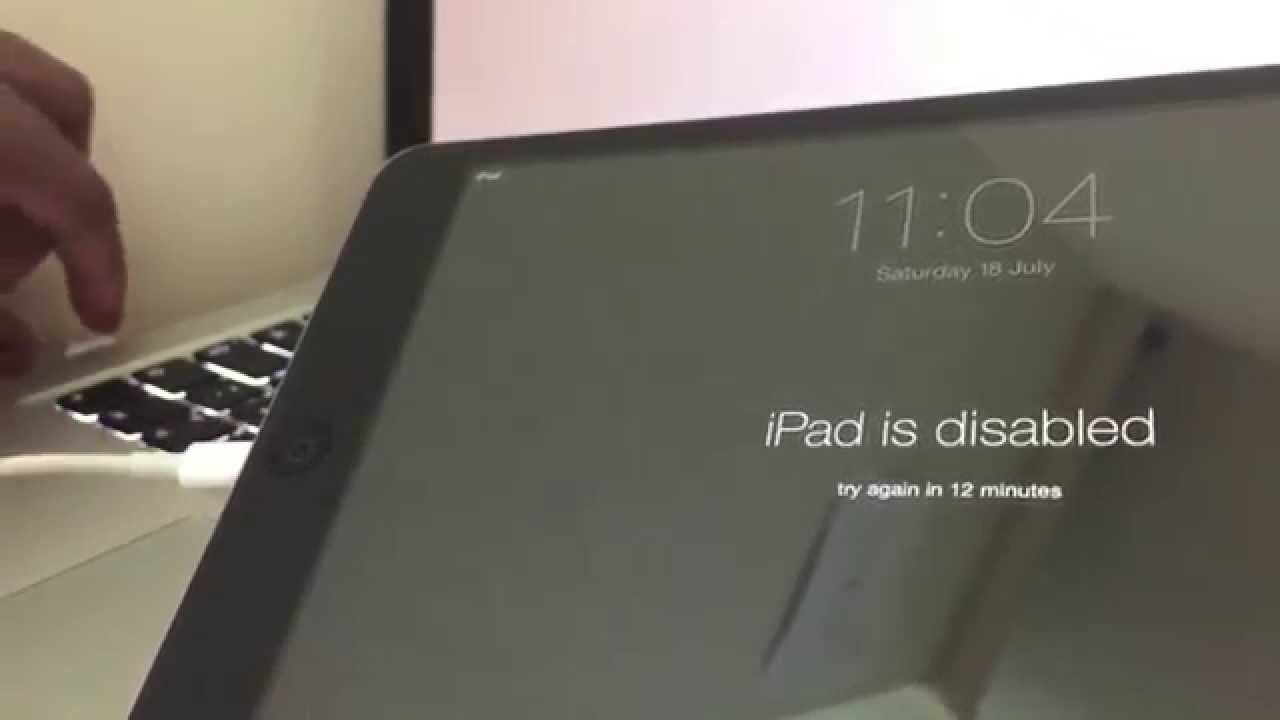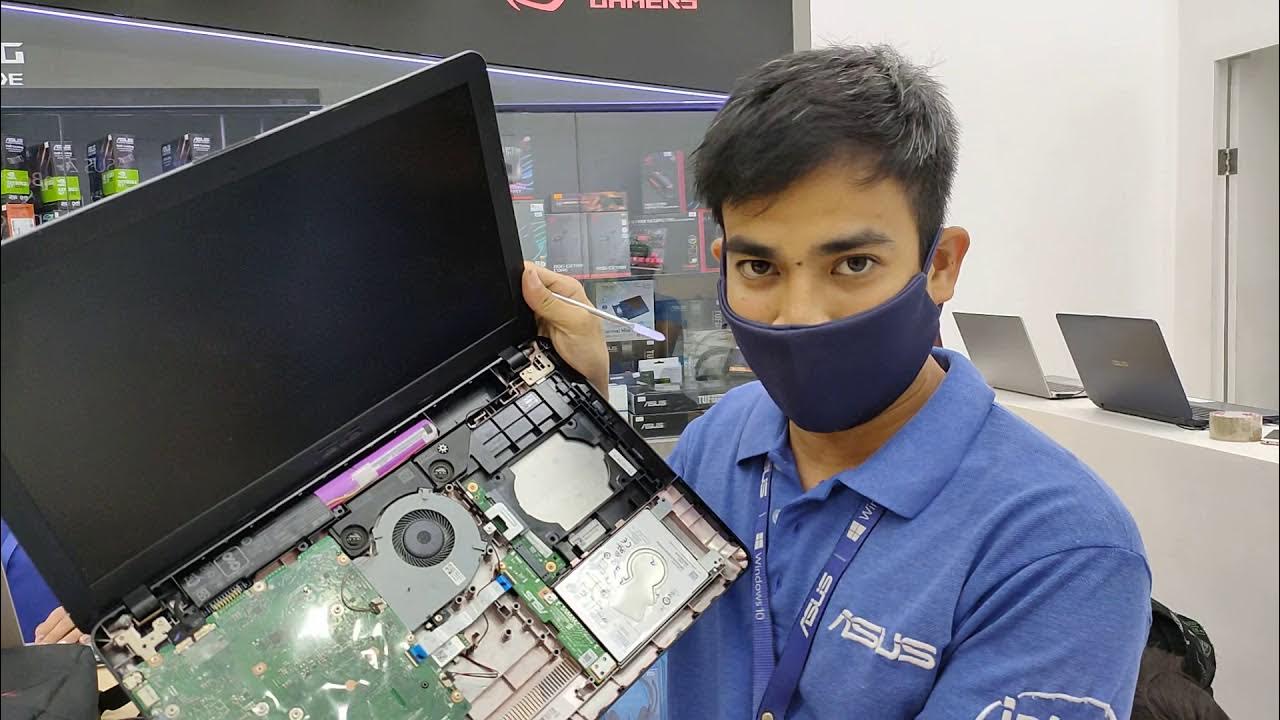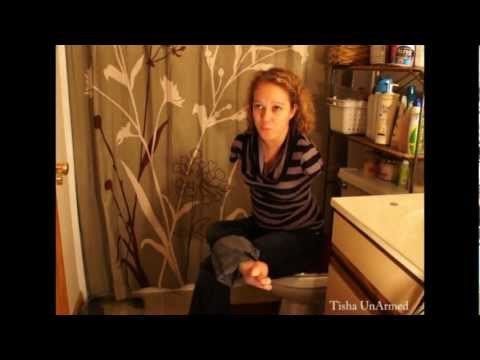Vinyl siding typically lasts between 20 to 40 years and requires minimal maintenance. Being a durable and low-maintenance option, vinyl siding offers an attractive and cost-effective solution for homeowners seeking a long-lasting exterior cladding material.
Its lifespan can be influenced by various factors such as weather conditions, proper installation, and regular cleaning. However, with proper care and maintenance, vinyl siding can withstand the test of time and provide a beautiful and durable finish to your home’s exterior.
So, if you’re looking for a siding option that offers longevity and requires minimal upkeep, vinyl siding is a solid choice.

Credit: buildwithoakmont.com
Factors That Affect The Lifespan Of Vinyl Siding
Vinyl siding lifespan is influenced by several factors, including weather conditions, installation quality, and maintenance. Proper care and regular cleaning can significantly extend the durability and aesthetic appeal of vinyl siding, ensuring it lasts for many years.
Factors That Affect the Lifespan of Vinyl Siding When it comes to enhancing the appearance and durability of your home’s exterior, vinyl siding is a popular choice. But how long does vinyl siding last? The lifespan of vinyl siding depends on several factors. These factors include the quality of materials used, installation techniques, climate and weather conditions, as well as maintenance and cleaning. Let’s take a closer look at each of these factors to better understand how they can affect the longevity of your vinyl siding.Quality Of Materials Used
The quality of materials used is a crucial factor in determining the lifespan of your vinyl siding. Higher-quality vinyl siding is typically thicker, more resistant to impacts, and less likely to fade or warp over time. Cheap and low-quality vinyl siding may deteriorate faster and have a shorter lifespan. Hence, it is important to invest in high-quality materials to ensure the longevity of your vinyl siding.Installation Techniques
The way vinyl siding is installed plays a significant role in how long it will last. Improper installation techniques can lead to issues such as buckling, warping, and water damage. To ensure the longevity of your vinyl siding, it is important to hire experienced and professional installers who follow proper installation techniques. Hiring skilled professionals will help avoid potential issues and ensure that your vinyl siding is installed correctly, maximizing its lifespan.Climate And Weather Conditions
Climate and weather conditions can have a significant impact on the lifespan of vinyl siding. Extreme temperatures, high humidity, and harsh climates can cause vinyl siding to expand, contract, and fade. Additionally, severe weather events like storms, hail, and strong winds can damage vinyl siding. If you live in an area with extreme weather conditions, it is essential to choose vinyl siding that is specifically designed to withstand these conditions.Maintenance And Cleaning
Regular maintenance and cleaning are crucial to extending the lifespan of your vinyl siding. Over time, dirt, algae, mold, and other debris can accumulate on the surface of the siding, leading to staining and potential damage. Cleaning your vinyl siding annually using a mild detergent and a soft brush or sponge helps remove dirt and maintain its appearance. Additionally, inspecting the siding for any signs of damage or wear and addressing them promptly can help prevent further issues and prolong the lifespan of your vinyl siding. In conclusion, the lifespan of vinyl siding is influenced by various factors, including the quality of materials used, installation techniques, climate and weather conditions, as well as maintenance and cleaning. By considering and addressing these factors, you can ensure that your vinyl siding lasts for many years, enhancing the beauty and protection of your home’s exterior.Signs Of Wear And Tear On Vinyl Siding
When it comes to the longevity of your home’s vinyl siding, it’s important to keep an eye out for signs of wear and tear. Over time, various elements can take a toll on your siding, causing it to deteriorate and lose its original appearance. By recognizing these signs and addressing them promptly, you can prolong the life of your vinyl siding and maintain the aesthetic appeal of your home.
Fading And Discoloration
One of the most common signs of wear and tear on vinyl siding is fading and discoloration. Over time, constant exposure to the sun’s UV rays can cause the color of the siding to fade, making it appear dull and less vibrant. Additionally, certain weather conditions, such as heavy rain or snow, can cause dirt and debris to accumulate on the siding, resulting in discoloration.
To prevent fading and discoloration, it is essential to clean your vinyl siding regularly. Using a gentle cleanser and a soft brush or cloth, remove any dirt and grime that has accumulated on the surface. Avoid using abrasive materials or harsh chemicals that can damage the siding. Additionally, consider applying a UV-resistant coating to protect the siding from the sun’s rays and prevent future fading.
Cracking And Warping
Another sign of wear and tear on vinyl siding is cracking and warping. As the siding ages, it becomes more susceptible to damage from extreme temperatures, moisture, and impact. Cracks and warping not only compromise the appearance of your siding but also create opportunities for water infiltration, which can lead to more severe issues, such as mold growth and structural damage.
To address cracking and warping, it is crucial to inspect your vinyl siding periodically. Look for any signs of damage, such as cracks, splits, or buckling. If you notice any issues, consider contacting a professional to assess the extent of the damage and determine the best course of action. In some cases, a simple repair may resolve the problem, while in others, replacement of the affected panels may be necessary.
Loose Or Missing Panels
Loose or missing panels are clear indications of wear and tear on vinyl siding. Over time, the fasteners holding the siding in place may become loose due to shifting or settling of the building. Additionally, severe weather conditions, such as strong winds or hail, can cause panels to become dislodged or completely torn off.
If you notice any loose or missing panels, it is essential to address the issue promptly. Loose panels can allow moisture to enter behind the siding, leading to potential water damage and mold growth. Depending on the severity of the problem, you may be able to reattach the loose panels using new fasteners. In the case of missing panels, replacement is necessary to ensure the integrity of your home’s exterior.
Mold And Mildew Growth
Mold and mildew growth is a significant concern when it comes to the wear and tear of vinyl siding. These unsightly organisms thrive in moist environments and can develop on the surface of the siding, especially in areas with poor ventilation or excessive moisture exposure. Not only do mold and mildew mar the appearance of your home, but they can also pose health risks to you and your family.
To prevent mold and mildew growth, it is crucial to keep your vinyl siding clean and dry. Regularly remove any dirt, debris, or organic matter that may accumulate on the surface. Pay close attention to areas that are prone to moisture, such as around downspouts or near landscaping with poor drainage. If you notice any signs of mold or mildew, use a solution of water and mild detergent to clean the affected areas, or consider using a specialized cleaner designed for removing mold and mildew.
How To Extend The Lifespan Of Vinyl Siding
Vinyl siding is a popular choice for homeowners due to its durability and low maintenance requirements. However, like any exterior material, vinyl siding can deteriorate over time due to exposure to the elements. To ensure that your vinyl siding lasts as long as possible, there are several key steps you can take. From regular cleaning and maintenance to avoiding harsh cleaners and chemicals, repairing damaged panels, trimming trees and shrubs, and ensuring proper ventilation, these tips will help you maximize the lifespan of your vinyl siding.
Regular Cleaning And Maintenance
One of the most important ways to extend the lifespan of vinyl siding is through regular cleaning and maintenance. Cleaning your siding at least once a year can help remove dirt, grime, and other debris that could potentially cause damage. A simple solution of water and mild soap can work wonders in keeping your vinyl siding looking its best. For stubborn stains or mold and mildew growth, a mixture of vinegar and water can be effective.
Avoiding Harsh Cleaners And Chemicals
While it may be tempting to use strong cleaning agents to tackle tough stains, it’s important to avoid harsh cleaners and chemicals on your vinyl siding. These can cause discoloration, fading, and even damage the surface of the siding. Stick to mild cleaners that are specifically formulated for vinyl siding, and always test any new product on a small, inconspicuous area before using it on the entire surface.
Repairing Damaged Panels
Regularly inspect your vinyl siding for any signs of damage, such as cracks, holes, or loose panels. If left untreated, these issues can worsen over time and lead to further damage. Repairing damaged panels as soon as possible will help maintain the integrity of the siding and prevent moisture from seeping in. In some cases, a simple patch or sealant can be applied to fix minor damage, but for larger issues, it may be necessary to replace the affected panels.
Trimming Trees And Shrubs
Overgrown trees and shrubs can pose a threat to your vinyl siding. Branches rubbing against the siding can cause scratches, dents, and even punctures. To prevent this, regularly trim the trees and shrubs near your home, keeping them at a safe distance from the siding. This not only helps protect your vinyl siding but also improves the overall appearance of your property.
Proper Ventilation
Adequate ventilation is crucial for maintaining the lifespan of your vinyl siding. Without proper airflow, moisture can accumulate behind the siding, leading to mold, mildew, and rot. Ensure that your home has sufficient ventilation, including vents in the eaves and soffits, as well as any necessary exhaust fans. This helps to expel excess moisture and ensures that your vinyl siding remains in optimal condition for years to come.
When Should You Replace Your Vinyl Siding?
When it comes to your home’s exterior, vinyl siding offers durability and low maintenance. However, even the highest-quality vinyl siding will eventually need to be replaced. Understanding when it’s time to replace your vinyl siding is crucial to maintaining your home’s curb appeal and protecting it from the elements.
Excessive Damage And Deterioration
If you notice excessive damage such as cracks, holes, or warping in your vinyl siding, it’s a clear sign that replacement is necessary. Over time, extreme weather conditions can take a toll on your siding, causing it to deteriorate. Additionally, sun exposure can cause fading, making your siding appear worn and unattractive. By replacing damaged siding, you can restore the look of your home while also preventing further issues, such as water infiltration and mold growth.
Poor Energy Efficiency
Vinyl siding plays a crucial role in insulating your home and improving energy efficiency. However, if you start to notice a significant increase in your energy bills or feel drafts inside your home, it could be a sign that your vinyl siding is no longer performing at its best. Older and worn-out siding may have become less effective at preventing air leaks, which can lead to energy loss. Replacing your vinyl siding with newer, more energy-efficient options can help improve insulation and reduce your energy costs.
Outdated And Unappealing Appearance
As styles and trends change over time, your vinyl siding may start to look outdated and unappealing. If you’re no longer satisfied with the appearance of your siding and it’s affecting your home’s curb appeal, it’s a good idea to consider replacement. Upgrading to newer vinyl siding options can give your home a fresh and modern look, boosting its overall aesthetic appeal and potentially increasing its value.
Unresolved Moisture Issues
If you’ve been dealing with persistent moisture issues, such as water leaks or mold growth, it could be a signal that your vinyl siding isn’t effectively protecting your home. Damaged or improperly installed siding can allow moisture to seep into the walls, causing costly damage and potential health hazards. Addressing unresolved moisture issues as soon as possible by replacing your vinyl siding is crucial to safeguarding your home and preventing further problems.
Comparing Vinyl Siding To Other Exterior Siding Options
When it comes to choosing the right exterior siding for your home, several factors need to be considered. Durability and longevity are vital, as you want a siding option that will withstand the test of time. Cost-effectiveness is also important, as you want a solution that offers excellent value for money. Additionally, the variety of colors and styles available, along with the maintenance and upkeep required, should be taken into account. Lastly, the environmental impact of the selected siding option deserves attention. In this article, we will compare vinyl siding to other exterior siding options under these key categories. Let’s dive in.
Durability And Longevity
Vinyl siding is known for its remarkable durability and longevity. With a life span of 20 to 40 years, it outperforms several other siding materials in terms of longevity. This means less frequent replacements and greater cost savings in the long run. Vinyl siding is designed to withstand harsh weather conditions, including heavy rains, strong winds, and even hailstorms. Its resistance to moisture, rot, and insect damage further enhances its durability, making it an excellent choice for climates with extreme temperature variations. Additionally, vinyl siding does not fade or crack easily, ensuring its longevity for years to come.
Cost-effectiveness
When it comes to cost-effectiveness, vinyl siding shines. Compared to other siding options like wood or brick, vinyl siding offers a more budget-friendly alternative. Its low initial cost, coupled with minimal maintenance requirements, makes it an attractive option for homeowners looking to improve their home’s exterior without breaking the bank. Additionally, the long lifespan of vinyl siding means fewer expenses related to replacements or repairs, saving you even more money in the long term.
Variety Of Colors And Styles
Vinyl siding offers an extensive range of colors and styles, allowing homeowners to achieve their desired aesthetic for their homes. Whether you prefer a classic look, a modern design, or something in between, vinyl siding has options to suit every taste. From earthy tones to vibrant hues, you can find the perfect color that complements your home’s architecture and surrounding environment. Furthermore, vinyl siding can mimic the appearance of other materials like wood or stone, providing the flexibility to achieve the desired style without the associated maintenance and cost.
Maintenance And Upkeep
When it comes to maintenance and upkeep, vinyl siding requires minimal effort. Unlike wood siding that needs regular sealing or painting, vinyl siding only requires occasional cleaning with soap and water. This saves you both time and money in terms of maintenance expenses. Vinyl siding is also resistant to common issues like rotting, warping, and insect infestations, eliminating the need for frequent repairs. With vinyl siding, you can enjoy a beautiful and low-maintenance exterior without the hassle of extensive upkeep.
Environmental Impact
In terms of environmental impact, vinyl siding offers several benefits. It is an energy-efficient option, as it helps in insulation, reducing heating and cooling costs. Vinyl siding is manufactured using recycled materials, making it an environmentally friendly choice. Additionally, its long lifespan means less waste generated compared to other siding materials that require frequent replacements. Vinyl siding is also recyclable, further contributing to its eco-friendliness. If sustainability is a priority for you, vinyl siding is a viable option that minimizes its impact on the environment.
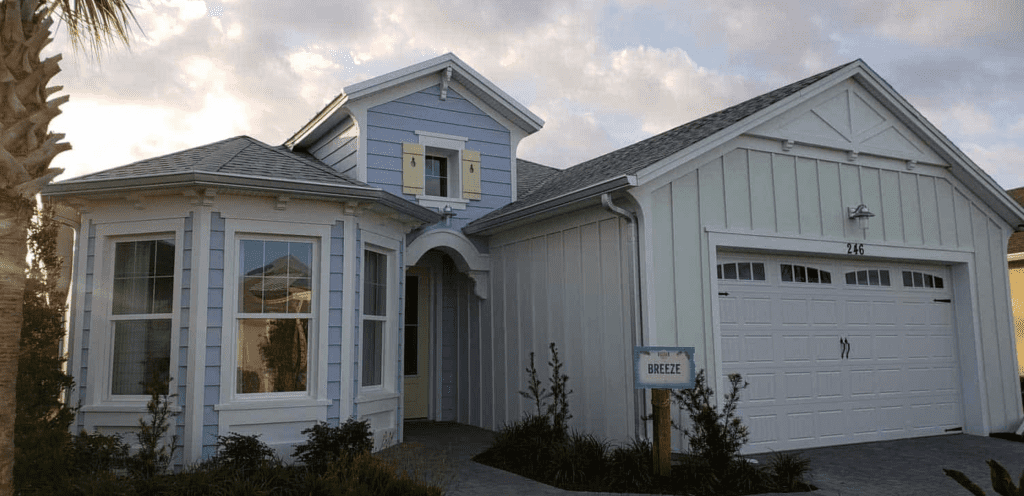
Credit: belcofp.com
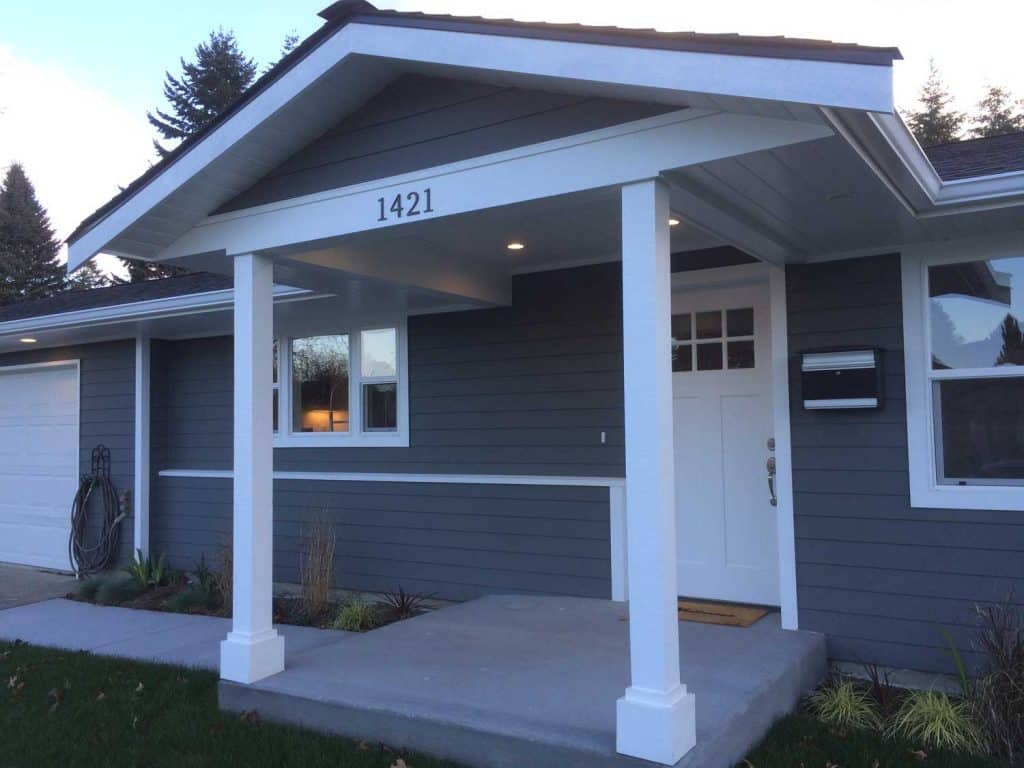
Credit: belcofp.com
Frequently Asked Questions On How Long Will Vinyl Siding Last
How Long Does Vinyl Siding Last On Average?
Vinyl siding typically lasts for about 20 to 40 years. The longevity of vinyl siding depends on several factors such as the quality of the materials, proper installation, exposure to extreme weather conditions, and regular maintenance and cleaning.
What Factors Can Affect The Lifespan Of Vinyl Siding?
The lifespan of vinyl siding can be affected by various factors including the quality of the materials used, the color and thickness of the siding, exposure to harsh weather elements such as UV rays, extreme temperatures, and strong winds, as well as regular maintenance and cleaning.
How Can I Make Vinyl Siding Last Longer?
To prolong the lifespan of vinyl siding, it is important to maintain and care for it properly. This includes regular cleaning to remove dirt and grime, avoiding harsh cleaning agents that can damage the siding, inspecting for any damage or deterioration, and promptly repairing any issues to prevent further damage.
Can Vinyl Siding Be Easily Damaged?
While vinyl siding is durable, it is not completely indestructible. It can be susceptible to damage from severe weather conditions like storms or hail, impacts from objects such as rocks or tree branches, and even improper installation or handling. However, with proper maintenance and care, vinyl siding can withstand many years of use.
Conclusion
Overall, the lifespan of vinyl siding can vary depending on various factors. While it generally lasts between 20 to 40 years, proper maintenance and regular cleaning can significantly extend its durability. With its low maintenance requirements and ability to resist fading, cracking, and warping, vinyl siding is a long-lasting and cost-effective option for homeowners.
By choosing high-quality materials and hiring professional installers, you can ensure that your vinyl siding will continue to enhance your home’s exterior for many years to come.
- Why Ease of Use is Crucial in Trucking Dispatch Software - September 22, 2024
- Better Communication With Dispatchers: How Trucking Dispatch Software Can Optimize Operations - September 7, 2024
- Maximizing Efficiency: The Importance of Accurate Location Tracking for Trucking Operations - August 23, 2024

